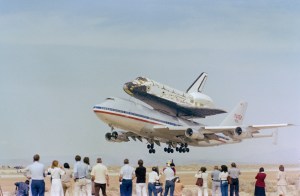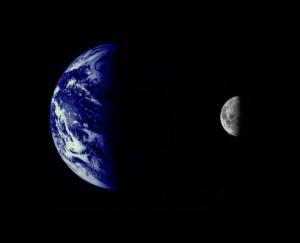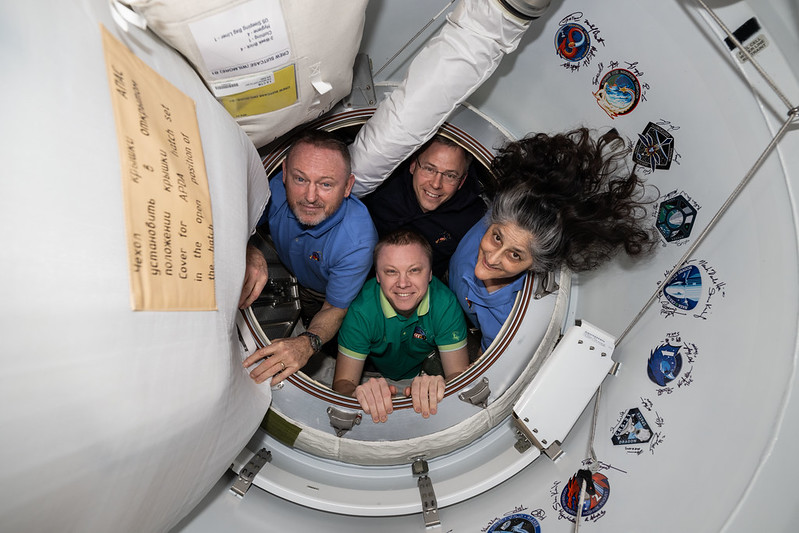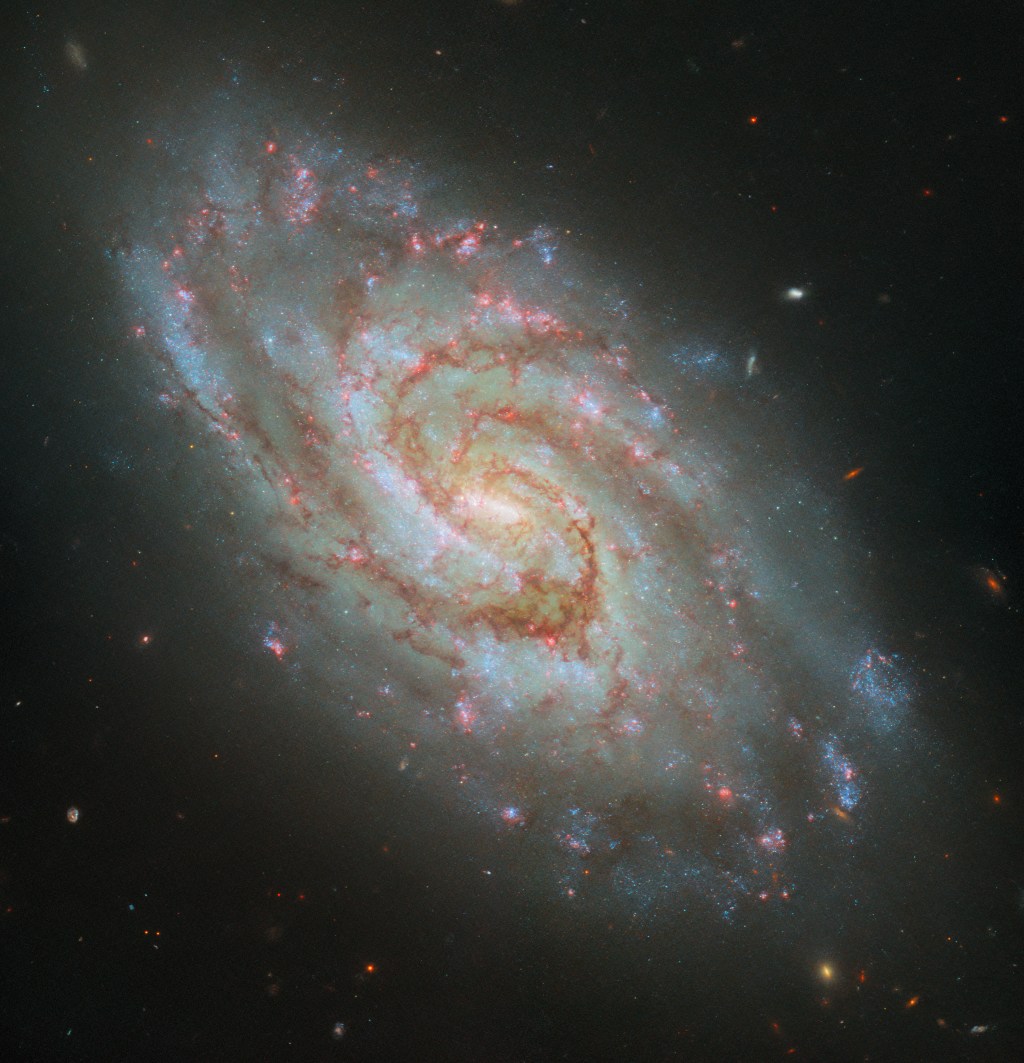65 Years Ago: NASA Selects America’s First Astronauts
On Nov. 5, 1958, NASA, newly established to lead America’s civilian space program, formally established the Space Task Group (STG) at NASA’s Langley Research Center in Hampton, Virginia, to implement one of the nation’s top priorities – to develop a spacecraft capable of sending humans into space and returning them safely to Earth. In January […]
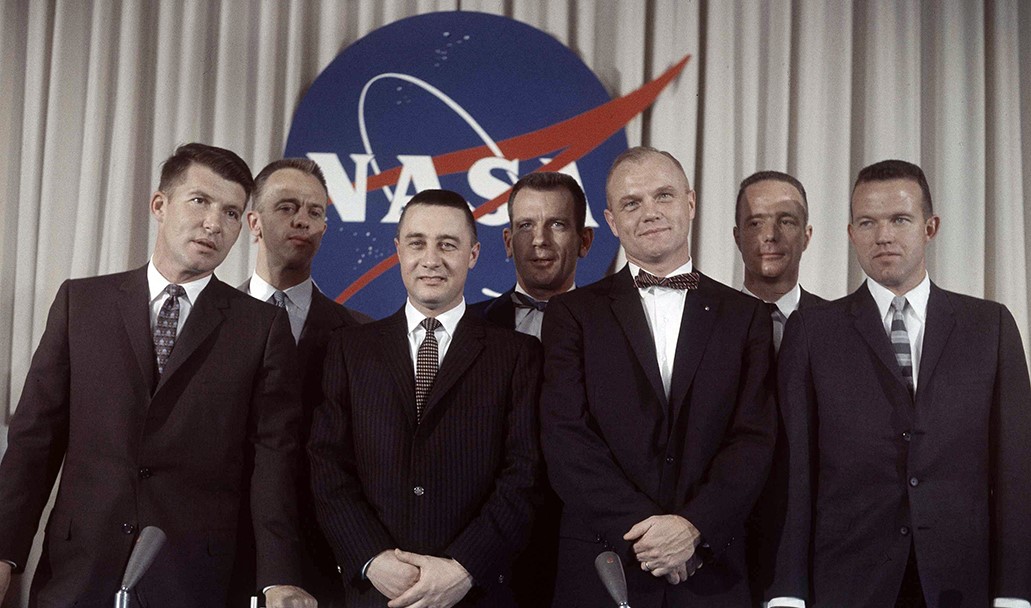
On Nov. 5, 1958, NASA, newly established to lead America’s civilian space program, formally established the Space Task Group (STG) at NASA’s Langley Research Center in Hampton, Virginia, to implement one of the nation’s top priorities – to develop a spacecraft capable of sending humans into space and returning them safely to Earth. In January 1959, the STG selected a contractor to build the spacecraft for Project Mercury and began the process of choosing who would fly the spacecraft. President Dwight D. Eisenhower directed NASA to choose its first astronauts from among the ranks of military pilots. The three-month rigorous process led to the selection on April 2, 1959, of seven men from among America’s military branches. The agency presented them to the world on April 9 as America’s Mercury 7 astronauts.
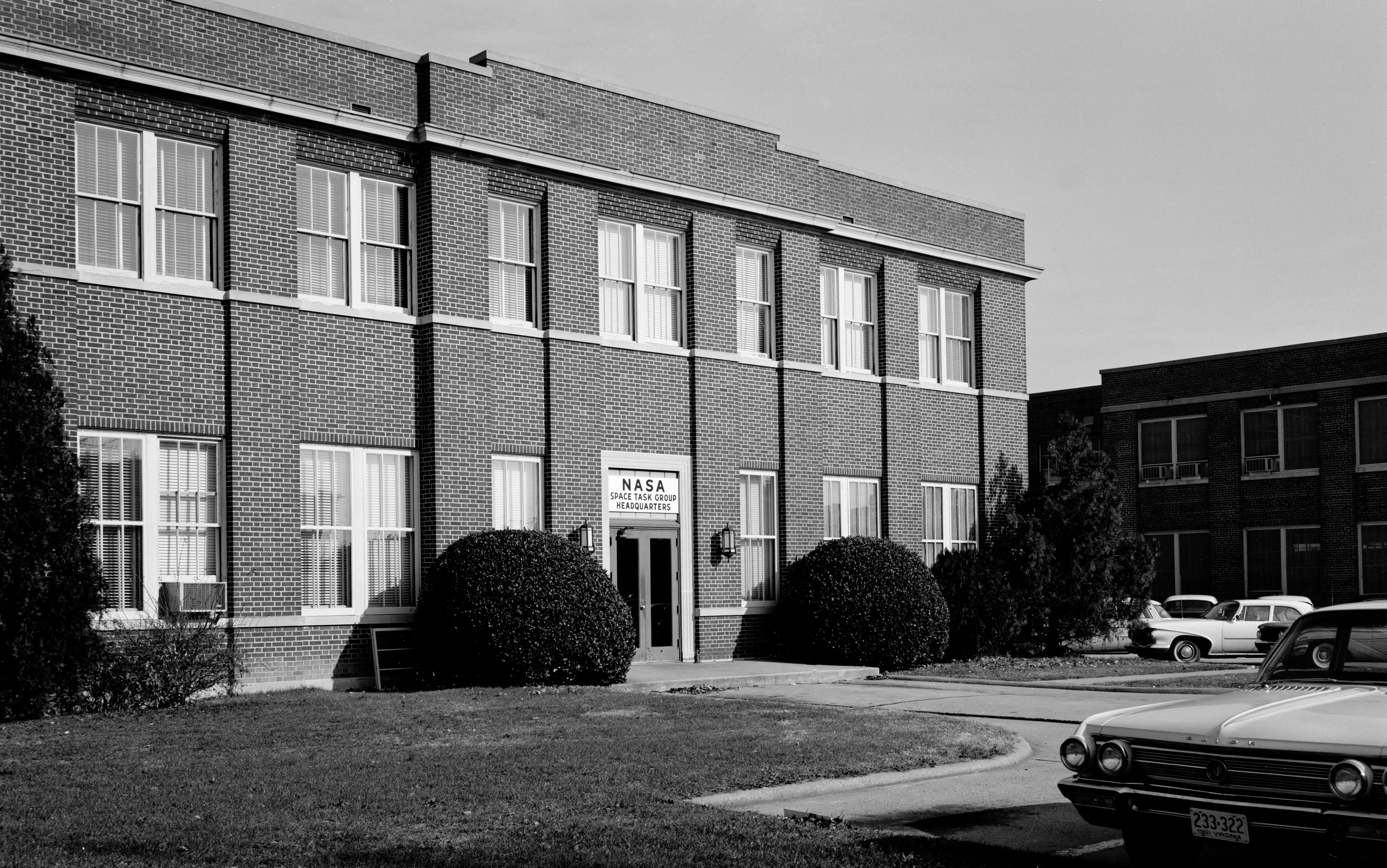
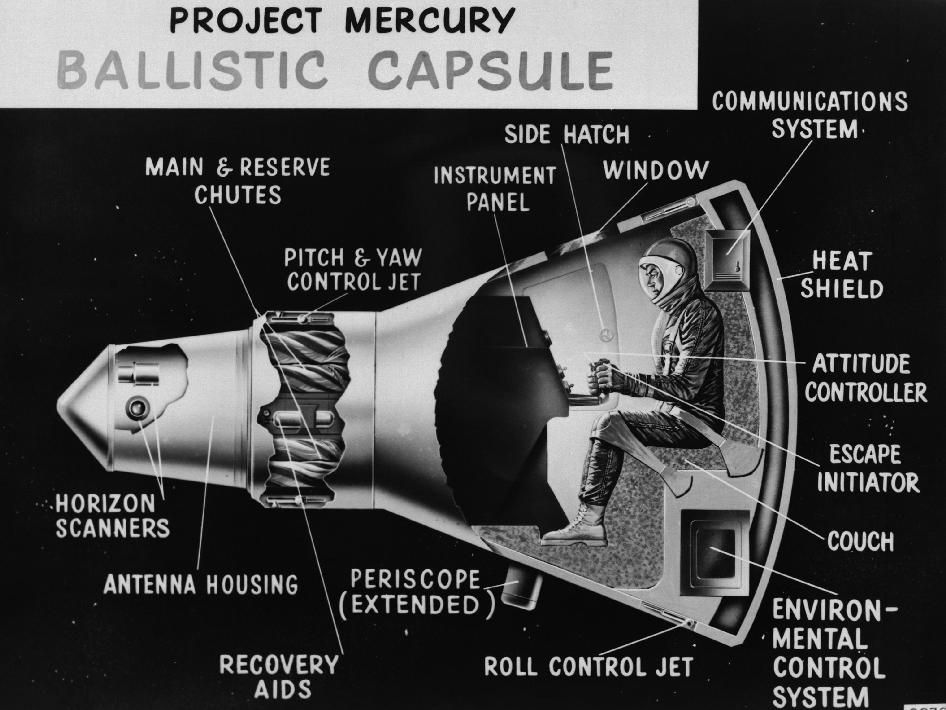
Left: The headquarters building for the Space Task Group at NASA’s Langley Research Center in Hampton, Virginia. Right: An early cutaway representation of the Mercury capsule.
President Eisenhower decided that military test pilots would make the most suitable astronauts. Choosing from among armed forces personnel would expedite the selection process since the government had access to their records and all had received prior security clearances and medical screening. On Jan. 5, 1959, NASA established the qualifications for the astronauts: less than 40 years of age; less than 5 feet 11 inches tall; excellent physical condition; bachelor’s degree or equivalent; graduate of test pilot school; and 1,500 hours of jet flight time. A screening in late January of the files of 508 graduates of the Navy and Air Force test pilot schools who met the basic age and flying requirements resulted in 110 qualified candidates. The selection committee ranked these candidates and divided them into three groups of about 35 each. The first two groups, comprising 69 candidates, received classified briefings at the Pentagon about the Mercury spacecraft and their potential participation. From this group, 53 volunteered for further evaluation and NASA decided not to call in the third group of candidates. Following an initial medical screening, 32 from this group advanced to undergo thorough medical evaluations at the Lovelace Foundation for Medical Education and Research, commonly known as the Lovelace Clinic, in Albuquerque, New Mexico. Beginning on Feb. 7, the candidates in six groups of five or six spent one week at Lovelace undergoing comprehensive medical examinations. From there, 31 of the 32 (one candidate failed a blood test at Lovelace) advanced to the Aero Medical Laboratory (AML) at Wright-Patterson Air Force Base in Dayton, Ohio, where weeklong testing of the six groups took place between Feb. 15 and March 28. Rather than simply examining them physically, testing at AML consisted of stressing the candidates in centrifuges, altitude chambers, and other devices to evaluate their reactions. The selection committee met at Langley in late March and based on all the available data selected seven candidates for Project Mercury. The 24 unsuccessful candidates received notification by telephone on April 1 with a follow up letter from Assistant STG Manager Charles J. Donlan on April 3, also advising them to apply for any possible future astronaut selections. Four of them did apply to the second selection in 1962, and NASA selected two of them. The seven chosen as Mercury astronauts received telephone calls from Donlan on April 2.

Group photo of the Mercury 7 astronauts at their first public appearance in April 1959: Walter M. Schirra, left, Alan B. Shepard, Virgil I. “Gus” Grissom, Donald K. “Deke” Slayton, John H. Glenn, M. Scott Carpenter, and L. Gordon Cooper.
On April 9, 1959, NASA formally introduced the men to the nation and the world. The event took place in the ballroom of the Dolley Madison House on Lafayette Square in Washington, D.C., the new space agency’s first headquarters. The astronauts took their seats at a long table on a makeshift stage, and NASA Administrator T. Keith Glennan introduced them in alphabetical order: “Malcolm S. Carpenter, Leroy G. Cooper, John H. Glenn, Virgil I. Grissom, Walter M. Schirra, Alan B. Shepard, and Donald K. Slayton … the nation’s Mercury astronauts!” After a brief photo session, for the next 90 minutes the new astronauts responded to numerous questions from the reporters gathered in the ballroom. For most of the men, meeting the press represented a new experience as they had little prior exposure to the media in their previous jobs as test pilots. By the time the event concluded, they clearly sensed that their lives had changed forever, with public attention as much a part of their jobs as training for and flying in space. They reported for work at Langley on April 27.
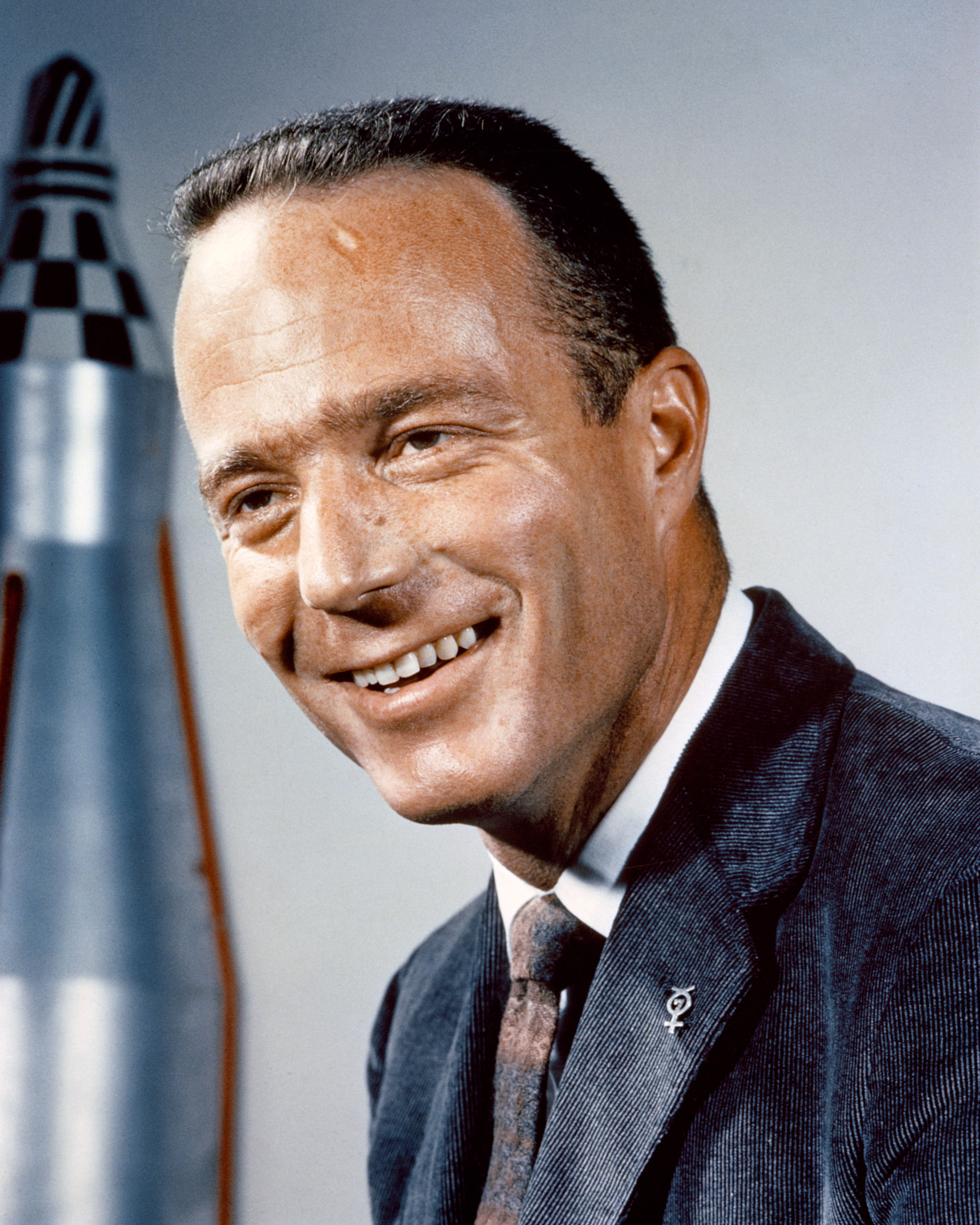
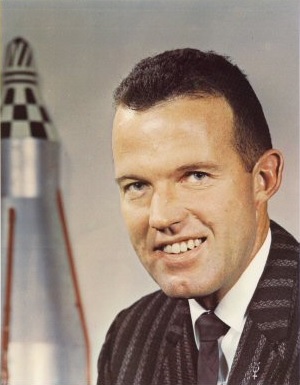
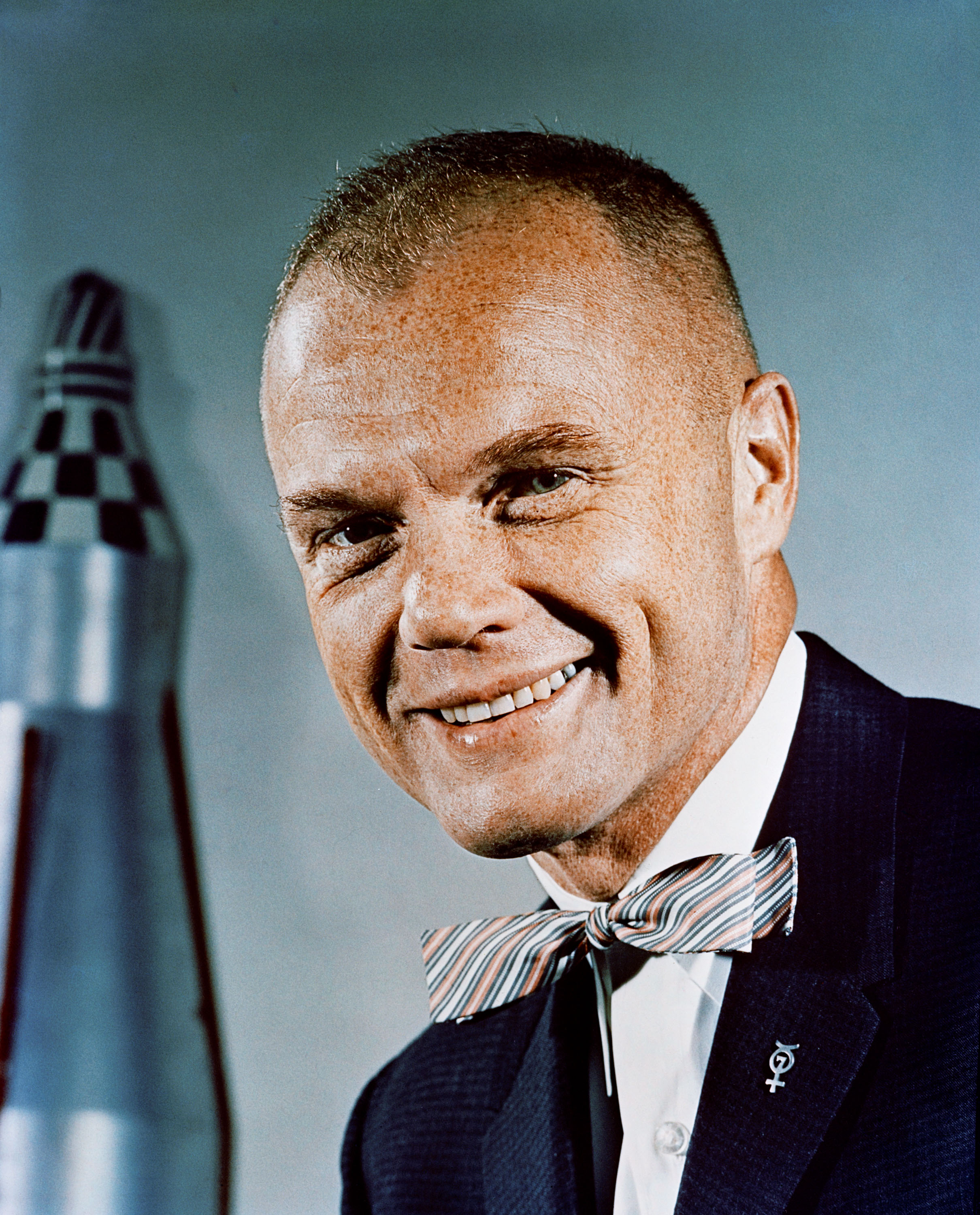
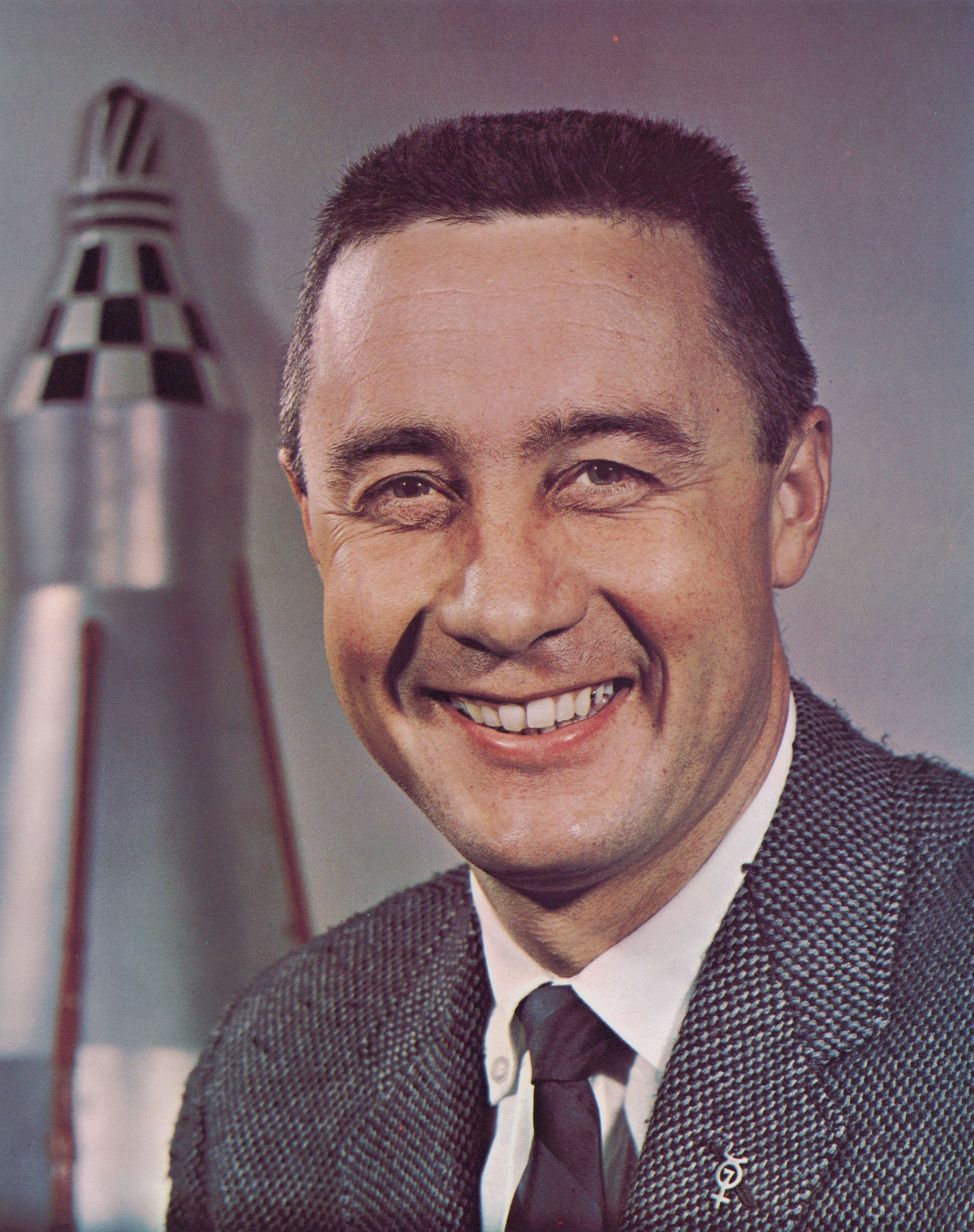
Mercury 7 astronauts M. Scott Carpenter, left, L. Gordon Cooper, John H. Glenn, and Virgil I. “Gus” Grissom.
Carpenter flew America’s second orbital flight, Mercury 7, in May 1962, after serving as backup to Glenn for his historic first orbital flight. He named his capsule Aurora 7. Due to late firing of his retrorockets for the deorbit burn, Carpenter landed 250 miles from the target, and he waited hours for rescue forces to recover him. Cooper served as Schirra’s backup before getting his flight assignment on Mercury 9. He spent 34 hours aboard his Faith 7 capsule, at the time the longest American spaceflight. He served as command pilot of the eight-day Gemini V mission in August 1965, setting another American record. As his last assignment, he served as backup commander for Apollo 10 in 1969. Glenn made history in February 1962 as the first American to orbit the Earth aboard Friendship 7. Although he retired from NASA in 1964 to pursue a career in politics, he flew again as a U.S. Senator in 1998 aboard STS-95 at age 77, still the record as the oldest person to orbit the Earth. Grissom flew the second suborbital mission, Mercury 4, aboard his Liberty Bell 7 capsule, in August 1961. Following splashdown, his spacecraft’s hatch accidentally blew off and seawater rapidly filled it, a recovery helicopter pulling him to safety at the last moment. As the first American to travel to space a second time, he commanded the first two-man spacecraft, Gemini 3, in March 1965. He received a third spaceflight assignment as the commander of Apollo 1, the first flight of the three-person spacecraft. He died tragically during a ground test fire of the spacecraft on Jan. 27, 1967.
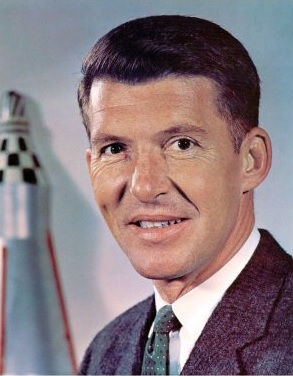
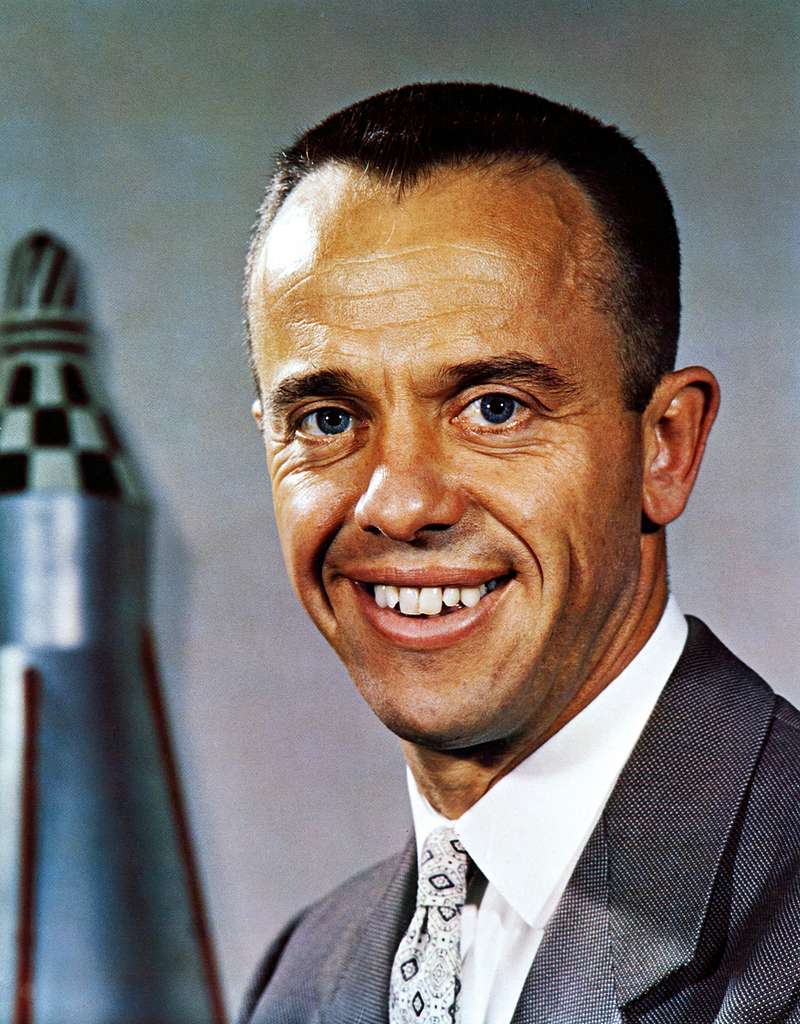
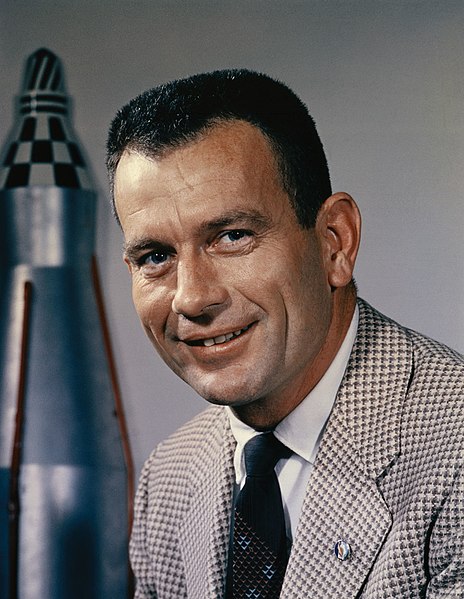
Mercury 7 astronauts Walter M. Schirra, left, Alan B. Shepard, and Donald K. “Deke” Slayton.
Schirra served as Carpenter’s backup before flying six orbits aboard his Sigma 7 spacecraft during the Mercury 8 mission in October 1962. He served as Grissom’s backup for Gemini 3 and flew as the command pilot for Gemini VI in December 1965, the first space rendezvous mission. Two months earlier, he showed his cool when on the first attempt to launch Gemini VI, the rocket’s engines shutdown just before liftoff. Before the Apollo 1 fire, he served as the commander of the Apollo 2 mission, then once again as Grissom’s backup for Apollo 1. After the fire, he flew as the commander of Apollo 7, the first crewed test of Command and Service Module in October 1968, the only astronaut to fly aboard all three of America’s first spacecraft. Shepard holds the honor as the first American in space for his suborbital flight aboard Freedom 7 during the Mercury 4 mission in May 1961. Grounded by an inner ear malady, Shepard went on to lead the astronauts as their chief until reinstated to flight duty in May 1969. He served as the commander of Apollo 14 in January-February 1971, the only Mercury 7 astronaut to walk on the Moon. Originally assigned to fly the Mercury 7 mission, in March 1962, flight surgeons grounded Slayton due to a heart irregularity just two months before his scheduled mission aboard Delta 7. While grounded, he served as chief of flight crew operations. Flight surgeons reinstated him to flying status in March 1972, and soon after NASA assigned him as the docking module pilot for the July 1975 Apollo-Soyuz Test Project joint mission with the Soviet Union.

Summary of spaceflights by the Mercury 7 astronauts. The highlighted boxes with flight names in italics represent astronauts who died before they could undertake the mission. Italics represent astronaut assigned to but did not fly the mission.
Astronaut biographies can be found at https://www.nasa.gov/astronauts
Read the JSC History Office oral histories with Carpenter, Cooper, Glenn, Schirra, and Shepard.
What's Your Reaction?



















.jpg?#)























